A scenario of getting hot water through the taps but no heating at the radiators is quite common, especially at certain times of the year. Here, we take a look at the causes of hot water working but no heating and what to do depending on the situation.
Why am I getting hot water but no heating?
There are a few checks to make in this situation. First check the central heating controls and your thermostats. You should also check the pressure gauge to see if it has dropped. Other causes are airlocks in the pipes, the diverter valve or the central heating pump in the boiler has jammed.
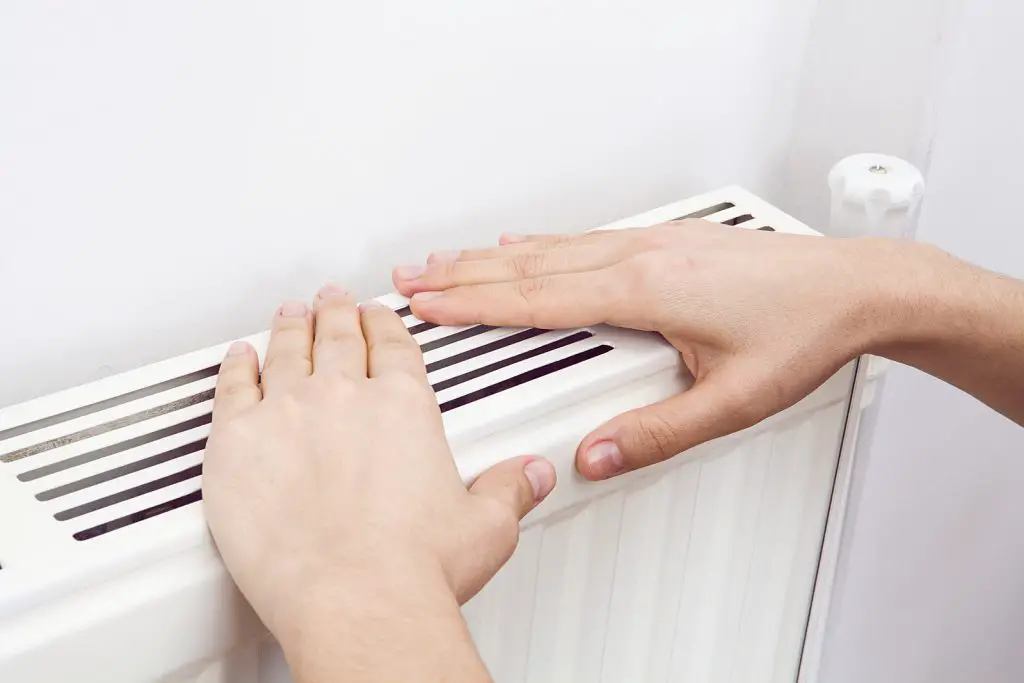
Hot water but no heating checks
Thermostat settings
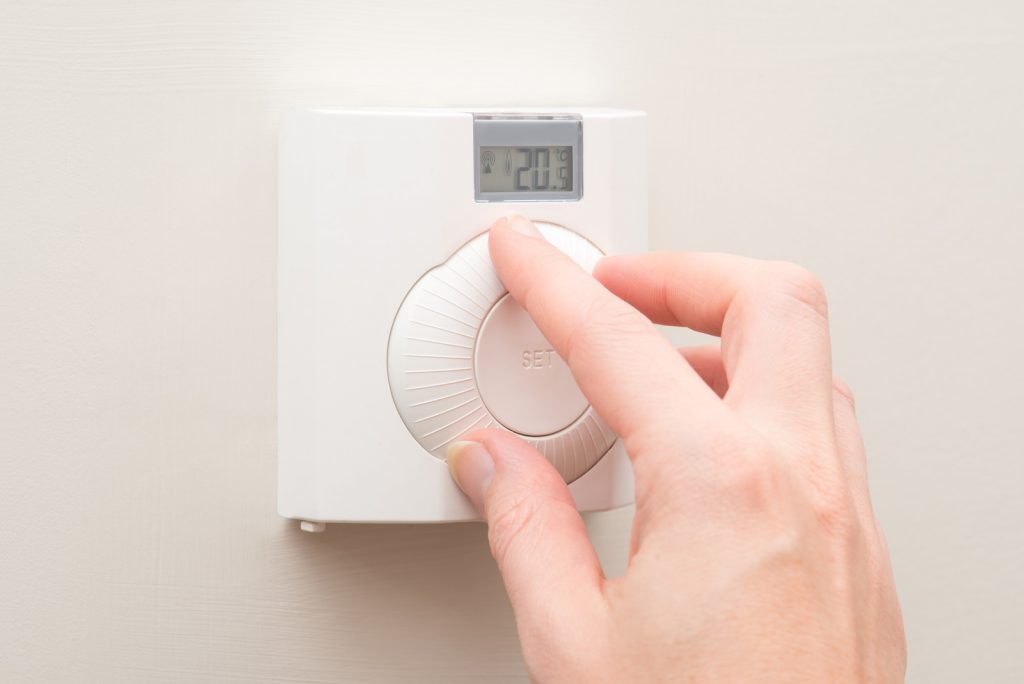
The first check you should do is to make sure the thermostat is set to the correct high enough temperature to call for heat and also the timer is set to turn on at the expected time. Adjust the settings to get it working. A smart thermostat may have turned itself off.
Check your radiators
As it gets hotter coming towards summertime, many people turn the thermostatic radiator valves to low or zero and leave it like this for months until it’s time to start the heating again. Remember to turn the TRVs back up to the correct setting when the central heating comes on.
If you turn them to number 5 and the radiator is still cold, the TRV may need to be replaced by an engineer. Also, make sure to bleed radiators if there are any cold spots on them.
Pressure drop
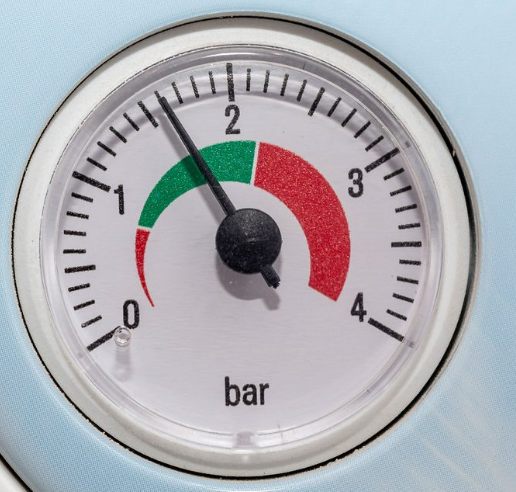
This is the most common cause of central heating not working in a system. Check the pressure gauge and if it has gone below 1 bar (below the green zone), you will need to fill the system again up using the filling loop, up to around 1.4 bar or well into the green zone.
Diverter valve has stuck
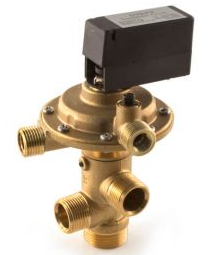
This can happen after the summer when the heating hasn’t been on for a while, or with debris or sludge build-up. The diverter valve is inside the casing and the pin in it can get stuck if it hasn’t moved around. If it has already happened, you won’t be able to touch it but call an engineer.
You can find year round cover with Hometree. Click here for more information on our recommended page.
To prevent it, once a week and even in the summer, simply turn the central heating on for a minute or so, and this will flick the diverter valve pin onto the heating mode ensuring it doesn’t get stuck. You can then turn the heating off again.
Jammed central heating pump

If the heating has been off for a while, say through the summer, the central heating pump can become jammed. It can of course happen anytime where the pump just seizes up or burns out too.
To try and fix this, first set your heating on and put your thermostat on maximum temperature to ensure it is running.
While this is running, put your hand on the pump head to feel for any vibrations, if you can’t feel this, the pump could be jammed Even if the motor is turning, the impeller inside the pump may not be connecting.
So, give the pump a few sharp taps with the handle of a screwdriver or a light hammer – nothing too hard, and sometimes this can get the pump running good again. You won’t be able to touch it if it’s inside the boiler casing, so call an engineer.
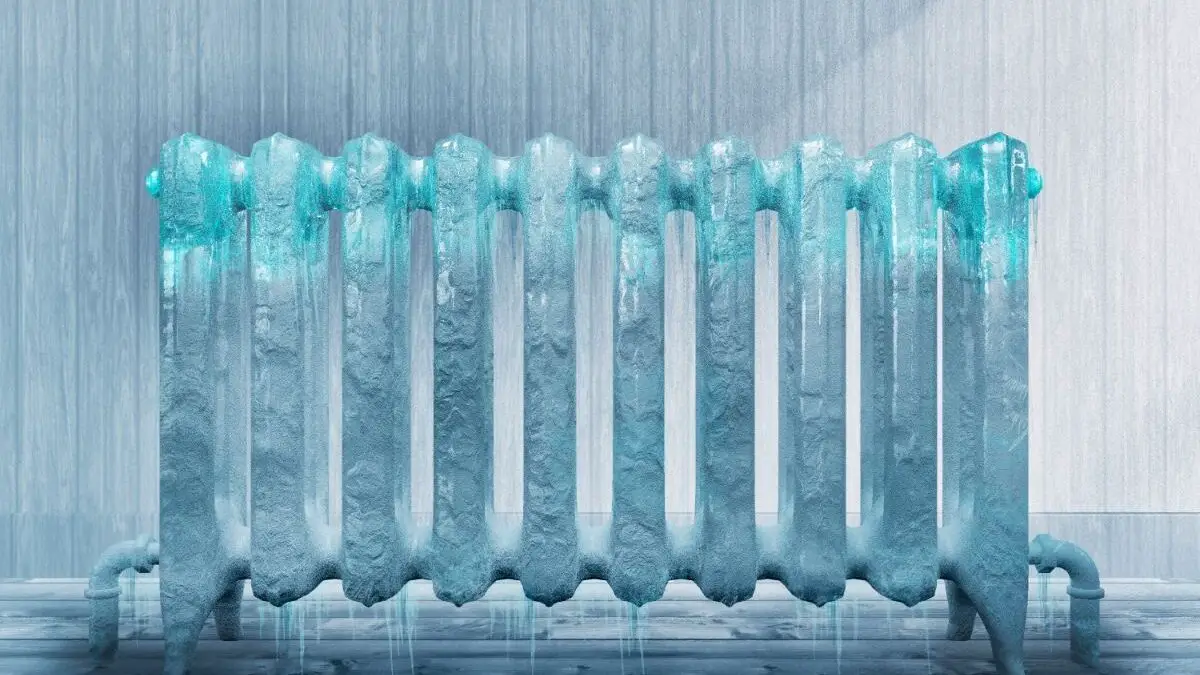
As you can see, some causes can be investigated and fixed by yourself and you should check these first before calling for professional help.
If you do need an engineer, it may be best to sort out an annual boiler cover so you don’t get sudden high repair bills. Find out more about Hometree which is our recommended provider here.
Summary
The main causes of getting hot water but no heating are:
- Thermostat settings
- Check your radiators
- Pressure drop or loss on the gauge
- The diverter valve has stuck
- The central heating pump has jammed
*The information in this article should be used for general guidance only and not as financial or health advice. Full details are on the link in the footer to our disclaimer page. Always discuss your requirements with a competent and suitably qualified professional before undertaking any work.
